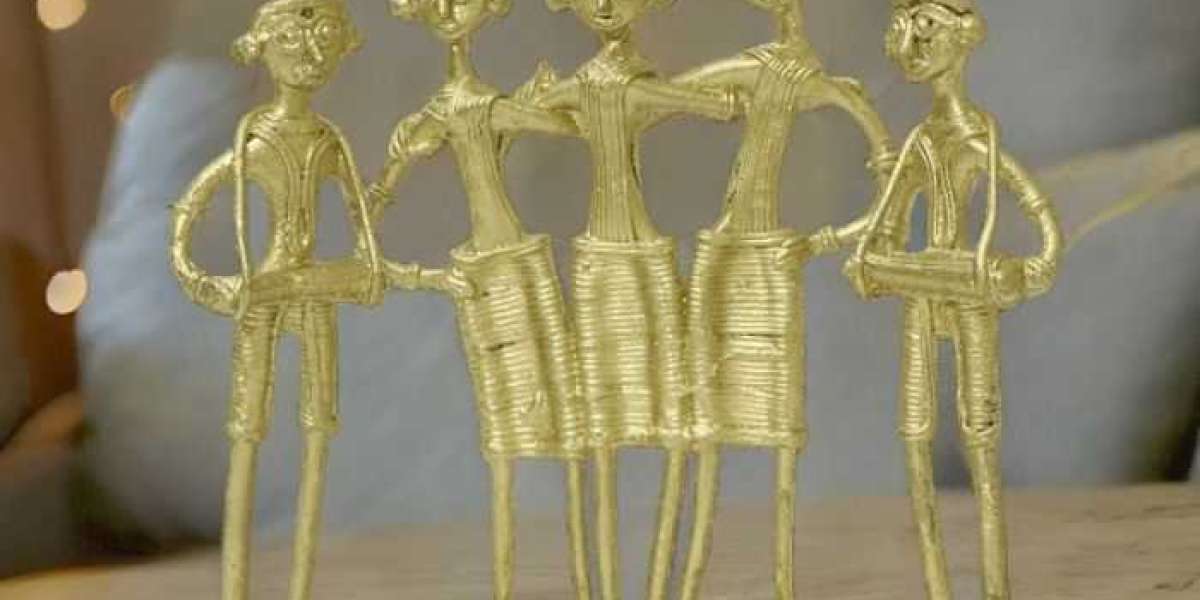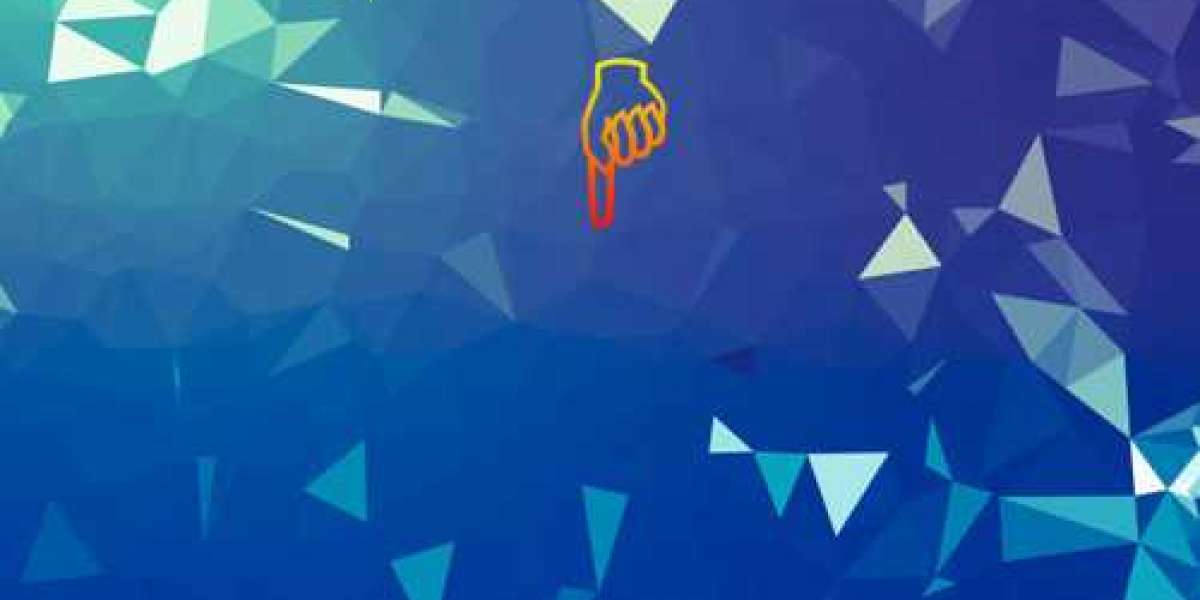Lost wax casting is a traditional method of metal casting that is used to create Dhokra Art. The method was used to cast non-ferrous metals like copper thousands of years ago to create artifacts. Old craftsmen occasionally use metal alloys like bronze or brass. While bronze is an alloy of tin and copper, brass is a combination of copper and zinc. regarding the artists. It is also called "Dhokar Damar," after the tribe that lives in eastern India.
Dhokra Art has been passed from generation to generation
It's interesting to note that this highly regarded Indian art is seen throughout the entire nation. The knowledge and abilities of Dhokra are thought to have been passed down from one generation to the next by the artists as they went from one area to another. As a result of evolving this legacy that includes regional elements and interpretations, the tribal community that was primarily involved in creating Dhokra Art and resided in the region covering Birbhum, Purulia, Burdwan, and Midnapore has since moved to the bordering regions as well. The tribe is still present throughout India's entire eastern region, which includes Jharkhand, Chattisgarh, Telangana, Jharkhand, West Bengal, and Odisha. This folk art has been practiced for a very long time in western Maharashtra, western Madhya Pradesh, and southeast Gujarat. Bastar in Chattisgarh is another area renowned for its significant contributions to this art. The Bastar Dhokra actually has its own name and reputation, both domestically and abroad. Earlier, this art's ethnic designs could only be found in the area's weekly local markets.
The method used to create Dhokra art
The tribal members use age-old procedures and skills that they have inherited from their predecessors to create this traditional art. Dhokra handicrafts are created by the method of Metallurgy. The method of creating them is similar. The process, which is based on heating, involves heating the metal extract to extremely high temperatures until it melts. The pre-cast molds are then filled with the metal, which is then allowed to cool and take the shape of the mold. It takes a lot of skill to prepare a mold, and it is not as simple as it might seem from the perspective of a piece of art. From the prehistoric through the medieval eras, the technology itself underwent significant development. Wax was initially used to create the clay model or mold, but later metallic ores and alloys, mostly bronze and brass, took its place.
Dhokra represents the very best of Indian art traditions and is more than just a simple craft. It acts as a link between the past and the present, and the fact that it is so widely prevalent across the country shows its popularity and cultural value. Dhokra continues to influence India's cultural landscape through the hands of committed artisans, providing a window into the legacy that has been devotedly handed down through the decades.








